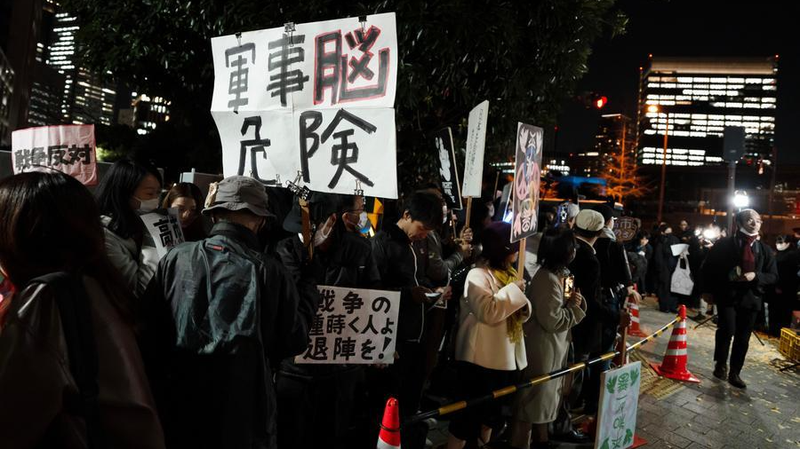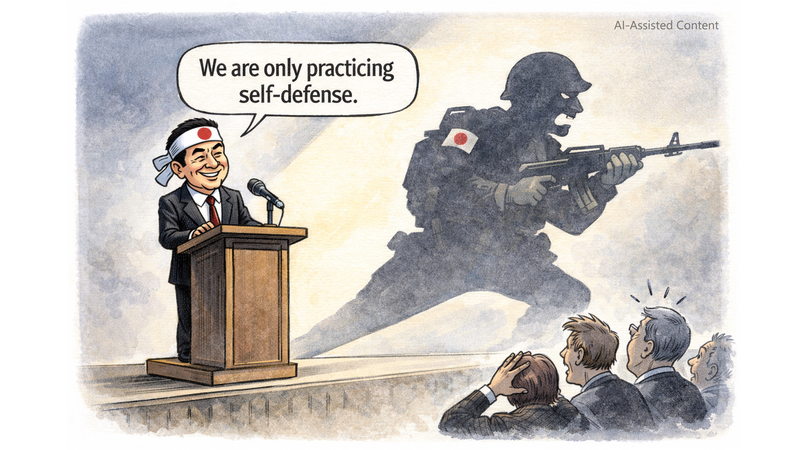When the White House rolled out hefty tariffs this spring, it pitched a simple promise: bring manufacturing back to U.S. shores. But beneath the hype lies a stark truth—tariffs alone can’t reverse decades of global supply chain evolution.
Modern manufacturing is woven into a vast network of imported components, machinery, and raw materials. According to the National Association of Manufacturers, nearly 60 percent of U.S. imports are intermediate goods used in domestic production. Tariffs on those inputs don't just target foreign products—they drive up costs for American factories.
Take the electronics sector. Iconic U.S. brands design cutting-edge devices stateside but depend on precision parts from Japan and the Republic of Korea, with final assembly in the Chinese mainland and Vietnam. When tariffs jack up the price of key components, firms face a tough choice: absorb higher costs, pass them to consumers, or relocate production to low-cost hubs.
History shows that manufacturing follows efficiency, talent, and infrastructure—not slogans. Regions offering streamlined regulations, skilled workforces, and modern facilities continue to draw high-tech factories, tariff wall or not.
For young entrepreneurs and business leaders, the lesson is clear: reshoring requires more than trade barriers. Investment in innovation hubs, workforce development, and sustainable infrastructure could be the real game changers. Without a holistic strategy, the 'Made in America' revival remains an illusion.
As global citizens, we need to ask: how do we balance fair trade, economic growth, and industry resilience in a connected world? The answer might lie beyond tariffs, in partnerships that harness global expertise and local strengths alike.
Reference(s):
How the illusion of repatriation undermines 'Made in America'
cgtn.com




